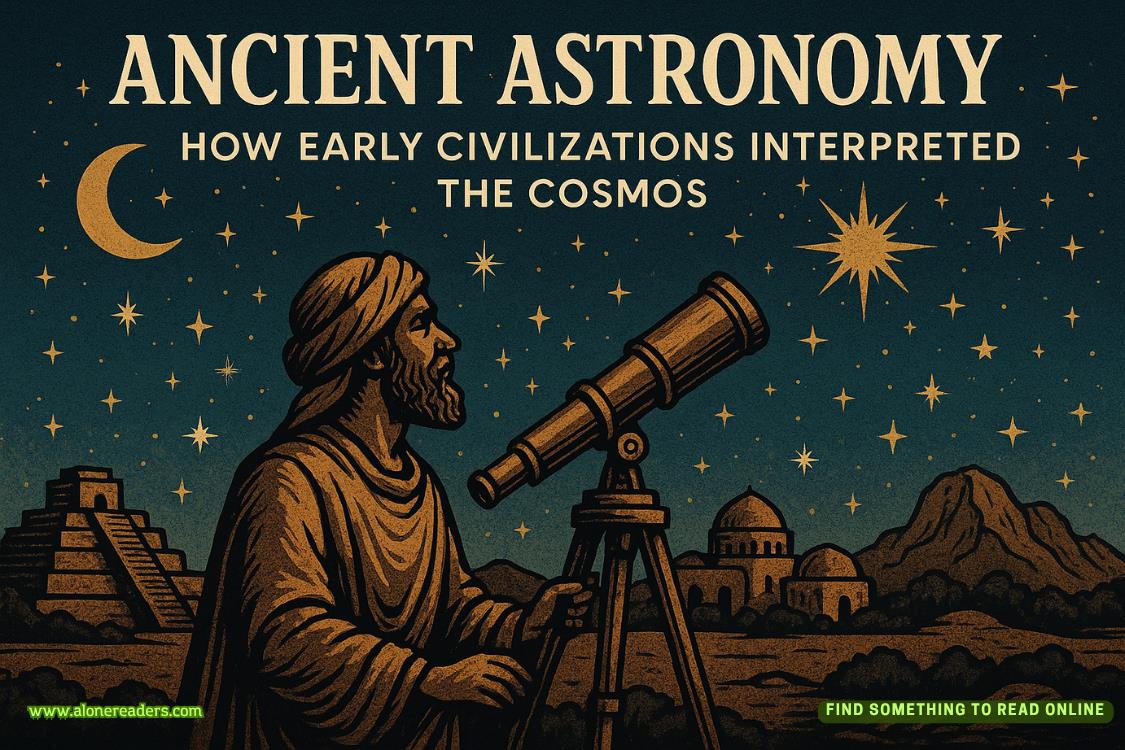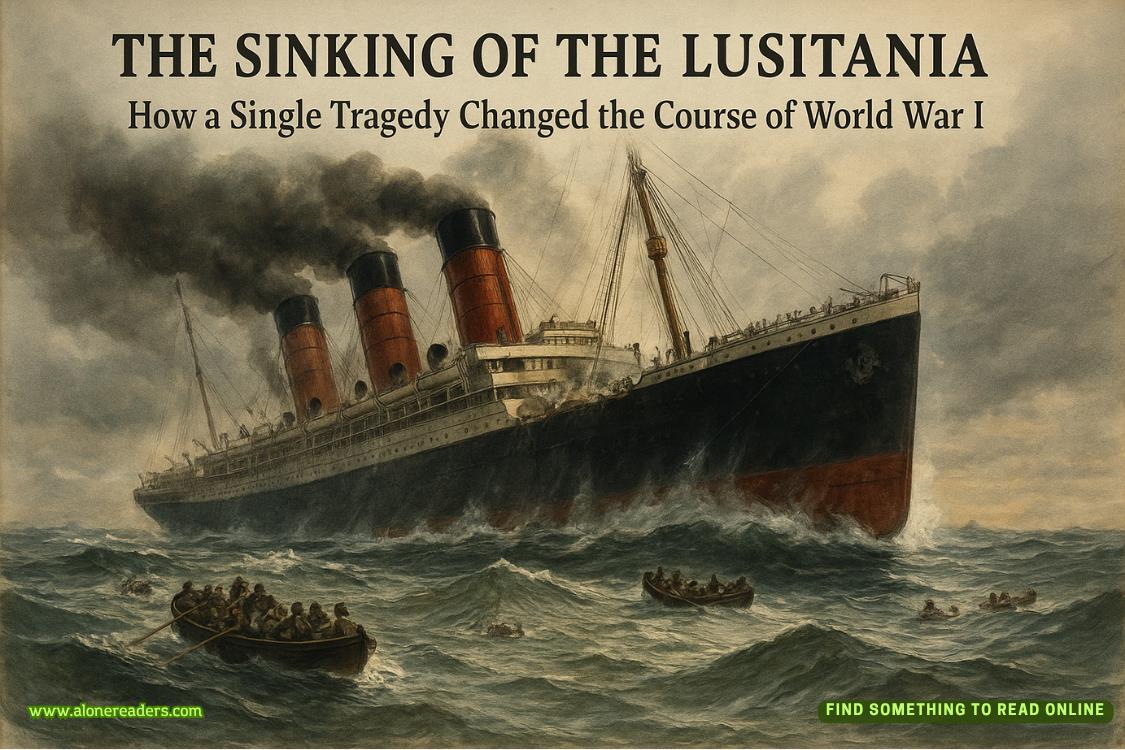Page 51 of Mating With My Grumpy Alphas
“Three people want to buy prints,” I said, still hardly believing it.
“Only three?” Wes asked with mock surprise. “I’d have thought more by now.”
His teasing confidence in my work made me laugh, some of the nervous tension finally easing. These two men understoodsomething Sterling never had. That success wasn’t about competing for limited approval, but about creating work that connected with people who needed to see it.
“There you are.” Rhett’s voice made me look toward the entrance, where he was removing his jacket and scanning the room until his eyes found mine. Even in cleaner jeans and a shirt I’d never seen him wear, he looked like himself. Practical, solid, slightly uncomfortable with the social dynamics but present because it mattered.
When he reached our small group, his attention went immediately to the photographs on the wall behind us. I watched his expression as he took in each image, the way his gaze lingered on technical details and emotional moments with equal attention.
“These are exceptional,” he said finally, looking at me with something that might have been pride. “Professional quality work that serves a purpose beyond just aesthetic appeal.”
“Thank you,” I said. “That means a lot, coming from someone who understands quality craftsmanship.”
The smile he gave me was brief but genuine, like he understood the comparison between his mechanical precision and my photographic technique.
Standing there with all three of them—Wes in his conservation expertise, Elias with his intuitive emotional support, Rhett with his practical appreciation for well-executed work—I felt something I hadn’t experienced since before Sterling.I felt seen. Not as potential or a problem to be fixed, but as someone whose work and perspective had value that others recognized and celebrated.
“Ms. Rowan?” A man approached our group, notepad in hand. “I’m James Walker from the Mountain Valley Herald. Would you mind if I asked you a few questions about tonight’s exhibition?”
A newspaper interview. Public recognition in print that would exist beyond tonight’s reception. Another validation that my work mattered enough to be documented and shared.
“Of course,” I said, surprised by how steady my voice sounded.
As James asked questions about my photographic process, my connection to wildlife conservation, and my plans for future exhibitions, I was aware of the three alphas staying close enough to offer support, but far enough away to let me handle the interview independently. They understood that this was my moment, my accomplishment, my chance to speak for my own work without needing anyone else’s interpretation or approval.
This was what support was supposed to look like. Not control disguised as care, but actual belief in someone’s ability to succeed on their own terms.
The interview lasted fifteen minutes, covering my background in wildlife photography, my work with the local rehabilitation center, and my hopes for using art to support conservation efforts. By the time James finished taking notes, I felt like I’d successfully represented both my artistic vision and the conservation work that inspired it.
“Thank you,” James said, shaking my hand. “This should run in next week’s arts section. Should be good publicity for future exhibitions.”
As he walked away, I looked around the room at the crowd still examining my photographs, at the business cards I’d collected from people interested in my work, at the three men who’d shown up to celebrate me without making the evening about their own needs or expectations.
Six months ago, I’d been convinced my creative life was over. Sterling had succeeded in making me believe that photography was a self-indulgent hobby, that real omegas focused on supporting their alphas’ important work rather than pursuing their own passions.
Tonight, I was standing in a room full of people who appreciated my work, with professional opportunities being offered and regional recognition being documented. I was reclaiming not just my artistic ability, but my right to take up space with my creative vision.
“How are you holding up?” Elias asked quietly, appearing at my side with another cup of tea.
“Better than I expected,” I said honestly. “Different than I expected. More… real, I guess.”
“Real how?”
“Like this is actually my work being celebrated, not some performance of being the kind of omega who dabbles in a hobby.” I paused, trying to articulate the difference. “Like these photographs matter because of what they document and how they make people feel, not because they make me seem more interesting or accomplished.”
“Art for its own sake instead of art as social currency,” Elias said, understanding immediately.
“Exactly.” I looked around the room again, taking in the genuine interest and appreciation. “This feels like recognition rather than approval. Like my work has value independent of whether it serves anyone else’s agenda.”
Wes rejoined us, with what looked like a small group of teenagers in tow. “Willa, these students from the high school environmental club want to ask you about photography techniques for documenting their watershed monitoring project.”
This was the most surreal night of my life.
Talking to the students about camera settings and composition strategies felt natural and energizing. They asked intelligent questions about wildlife photography ethics, about balancing artistic vision with scientific documentation, about career paths that combined conservation work with creativeexpression. Their enthusiasm reminded me why I’d fallen in love with this work originally. The way it connected aesthetic appreciation with environmental awareness, the way it could inspire people to care about protecting what they saw.
By the time the official reception wound down at nine o’clock, I’d spoken with conservationists, artists, community leaders, students, and what felt like half the population of Hollow Haven. I’d collected business cards, scheduled follow-up meetings, and agreed to consider opportunities I couldn’t have imagined this morning.
But more than the professional recognition or career possibilities, what stayed with me was the feeling of being seen and celebrated for who I actually was. Not for who someone else wanted me to become, not for how well I supported someone else’s vision, but for the work I created and the perspective I brought to documenting stories that mattered.















